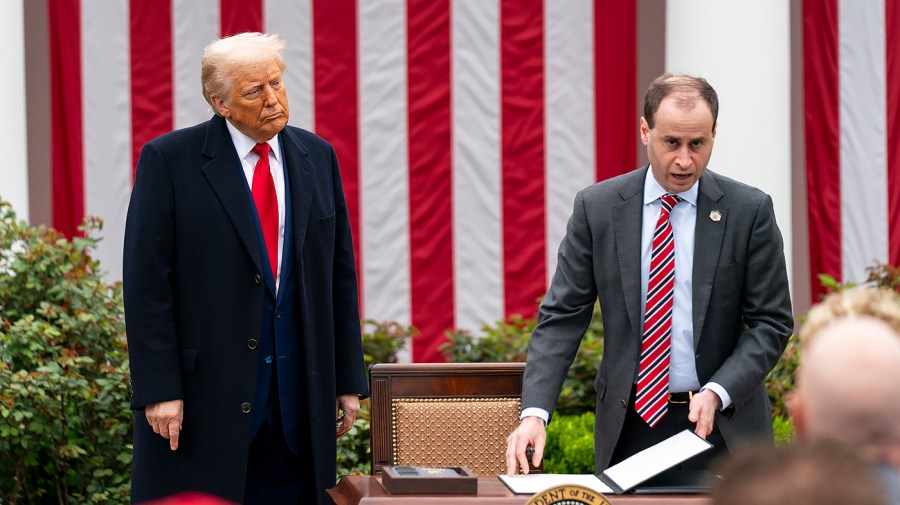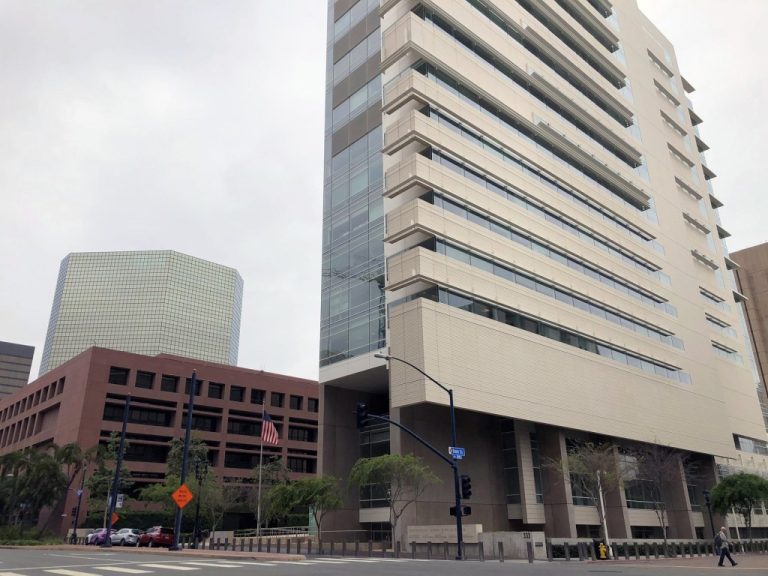
UK wage growth has edged back from record highs but earnings are outstripping inflation at the fastest pace for two years, according to official figures.
The Office for National Statistics (ONS) said average regular earnings, excluding bonuses, increased by 7.7 percent in the three months to September, down from an upwardly revised and record high of 7.9 percent in the previous three months.
The data showed that wages rose one percent when factoring in Consumer Prices Index inflation (CPI), marking the highest increase in real wages since the three months to September 2021.
Britain’s rate of unemployment is estimated to have remained unchanged at 4.2 percent in the third quarter. However, signs of strain are evident in the job market as vacancies have dropped to the lowest level in over two years, declining by 58,000 quarter-on-quarter to 957,000.
Darren Morgan, ONS director of economic statistics, said: “Our labour market figures show a largely unchanged picture, with the proportions of people who are employed, unemployed or who are neither working nor looking for a job all little changed on the previous quarter.
“The number of job vacancies fell for the 16th straight month. Nevertheless, vacancies still remain well above their pre-pandemic levels. With inflation easing in the latest quarter, real pay is now growing at its fastest rate for two years.”
The estimated number of payrolled employees has hit 30.2 million – 398,000 higher than this time last year and 1.2 million higher than before the pandemic. Although ONS says this number should be treated as “provisional” as it’ll likely need to be revised next month.
Commenting on the data, Mel Stride, secretary of state for work and pensions, said: “We are leaving no stone unturned to help people into work, with a record number of employees on payrolls – up nearly 400,000 in the last year alone with 3.9 million more people in work than in 2010.
“With our ambitious welfare reforms, including the expansion of free childcare and extra support for people with health conditions, we are taking long-term decisions that will grow the economy and change lives for the better.”
Chancellor Jeremy Hunt commented: “It’s heartening to see inflation falling and real wages growing, keeping more money in people’s pockets. Building on the labour market reforms in spring, the autumn statement will set out my plans to get people back into work and deliver growth for the UK.”
Meanwhile, some analysts have said the job market seems more “lethargic than resilient”.
Ben Keighley, founder of AI recruitment platform Socially Recruited commented: “Compared to the political merry-go-round of the last 24 hours, the UK labour market has seen little changes in its headline figures. Real pay is picking up as inflation falls, rising to a two-year high, but with little movement in the employment and unemployment rates this is a market that seems more lethargic than resilient.
“Although vacancies continue to fall, the latest figures by the Chartered Institute of Personnel and Development show that four in 10 companies have ‘hard-to-fill’ positions as shortages make their presence felt. With ongoing high levels of economic activity, businesses will be hoping the Chancellor plans to bring more people back into the workforce as part of next week’s autumn statement.”
Analysts at a think tank, the Work Foundation, at Lancaster University, say while pay growth is tracking above inflation, people shouldn’t get too “carried away”.
Ben Harrison, director of the Work Foundation said: “Real pay growth may be at its highest level for two years, but regular wages have only risen by 1.3 percent on the year. Insecure and low-paid workers are still struggling to make ends meet – our recent research with the Chartered Management Institute shows almost half of insecure workers couldn’t pay an unexpected bill of £300 if it was due within the next seven days.
“While the number of vacancies has fallen to 957,000, which remains well above pre-pandemic levels, experimental estimates for economic inactivity suggest it has remained stable at 20.9 percent. However, without data for long-term sickness – which was at a record 2.6 million when last reported in September 2023 – we are missing a vital part of the jigsaw.
“With so much uncertainty surrounding the true picture of the labour market, it’s critical that the Chancellor confirms that welfare payments will be uprated next year in line with inflation. And he should resist calls to further increase benefit sanctions on some of the most vulnerable people in society – which the Government’s own research suggests does not result in more people moving into work.
“Instead, the focus should be on improving the quality of jobs available and providing more tailored support for jobseekers with different needs.”
Others have said the drop in wage growth, together with last week’s official data showing a stalling economy with zero growth in the third quarter of the year, would likely persuade the Bank of England to hold off from further interest rate rises.
Policymakers at the Bank are watching wage growth intently, with the recent record highs having been a cause for concern in its efforts to bring the UK’s soaring inflation rate down to the two percent target.
Rates are now widely seen as having peaked at 5.25 percent and with the threat of recession looming, some economists believe the Bank will move to begin cutting borrowing costs in 2024.
Samuel Tombs at Pantheon Macroeconomics said: “Wage growth is slowing sufficiently quickly for the Monetary Policy Committee (MPC) to conclude that Bank Rate already is high enough at 5.25 percent. This slowdown should pave the way for the MPC to start to reduce Bank Rate from May, and probably by about 75 basis points over the course of 2024.”





